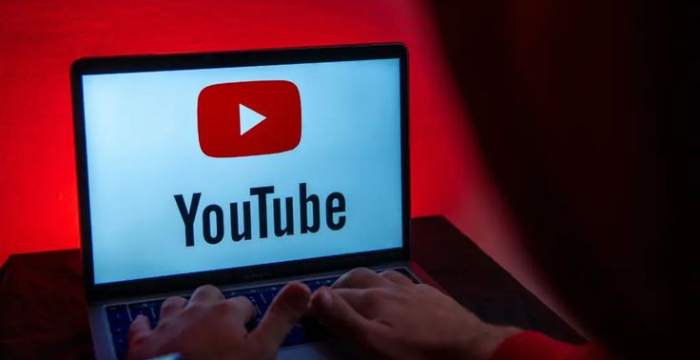Well, it’s official: YouTube is coming for unoriginal content—and this time, they mean business. Starting July 15, 2025, the platform is rolling out a big update to its monetization policy, and if you’re a creator who’s been skating by on reaction videos, AI-generated commentary, or endless compilations, you might want to sit down for this one.
YouTube’s always said it wants “original” and “authentic” content. But let’s be honest, the line’s been fuzzy. Now, the company is tightening the screws on what counts as “mass-produced” or “repetitious” content. If your videos are churned out by automation, or if your channel is a sea of near-duplicates, your ad revenue could be on the chopping block.
Here’s the kicker: YouTube hasn’t given a crystal-clear definition of what “unoriginal” actually means. Is it just AI voiceovers reading Wikipedia? Or does it include those popular reaction channels where someone barely reacts at all? Nobody’s sure yet, and that’s got a lot of creators on edge.
So, who’s at risk? Reaction channels that just replay someone else’s video with a shrug. AI-generated content that adds little or no value. Compilation and “clip” channels recycling the same stuff with minor tweaks. Anyone relying on templates or mass uploads with little effort. If you’re making thoughtful, unique content? You’re probably safe. But if your channel’s been coasting on “low-effort” uploads, it’s time to rethink your strategy.
Honestly, it’s about time. YouTube’s been flooded with copycat content, and viewers are noticing. There’s also a legal angle—AI deepfakes and reused clips are a growing headache for everyone. Plus, let’s not kid ourselves: YouTube wants to protect its ad revenue and reputation. But I can’t help but wonder—will this level the playing field, or just make it harder for small creators to break through?
So, what should creators do? Add real value. If you’re reusing content, transform it. Commentary, editing, or educational context can make all the difference. Maybe it’s time to try long-form analysis or a community-driven series. YouTube says more guidance is coming, but for now, err on the side of originality.
Will this policy shift clean up YouTube, or just push creators to get more creative with their workarounds? I’m genuinely curious. On one hand, it could mean more quality and less spam. On the other hand, it might squeeze out smaller channels that can’t afford to reinvent the wheel every week.
One thing’s for sure: the days of easy money from “lazy” uploads are numbered. And honestly? Maybe that’s not such a bad thing.
What do you think? Is YouTube finally fixing its content problem, or just moving the goalposts again? Let’s see how this plays out.


